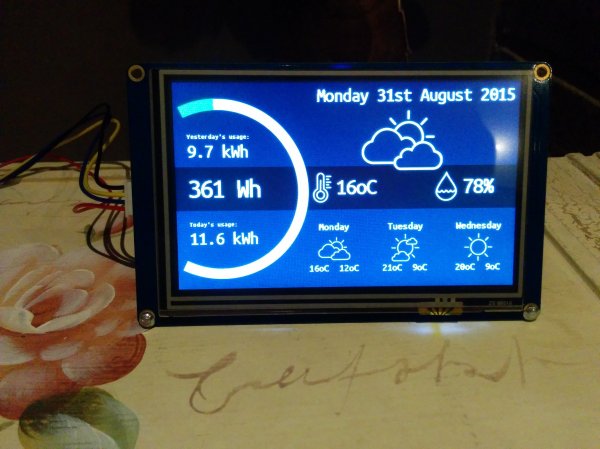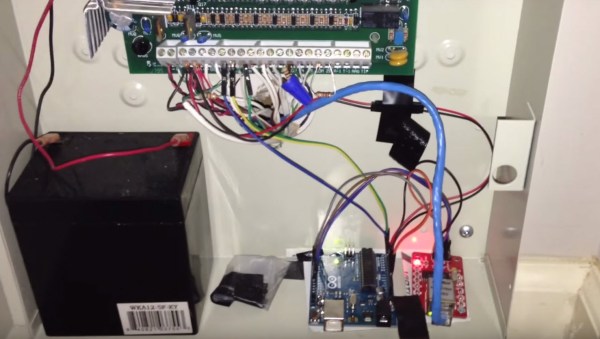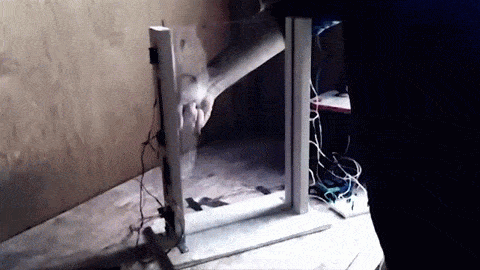When you want to control an external device (like a lamp) from your computer, you might reach for a USB enabled micro. Looking for an inexpensive and quick option to control two lamps [Pete] wanted to control a couple 12 volt halogen lamps, he reached for his keyboard and used a little bit of python.
Desktop PC keyboards have 3 LED’s indicating lock functions, hardly anyone uses the scroll lock, and on a laptop with no keypad, numlock is no big loss as well. Adding wires to the little PCB out of a USB keyboard the numlock and scroll lock LED’s 5 volt output was redirected to a switching circuit.
That switching circuit takes the output of either LED, inverts it with a PNP transistor, then connects to the gate of a FQP30N06L, “logic level” mosfet transistor to handle the heavy lifting. Once the wiring is in place a fairly simple Python script can take over turning on and off the two chosen lock keys, giving control of up to 32 amps with the touch of a button.

















